The Wonders of Rock Art: Now at Sci-Bono
The Sci-Bono Discovery Centre is a science museum in Newtown, in the middle of the Joburg CBD. The museum is housed in a cavernous, 110-year-old former electrical workshop. Somehow I’ve never blogged about it before but last week I received a perfect opportunity when I was invited to the launch of Sci-Bono’s “Wonders of Rock Art: Lascaux Cave and Africa” exhibition.
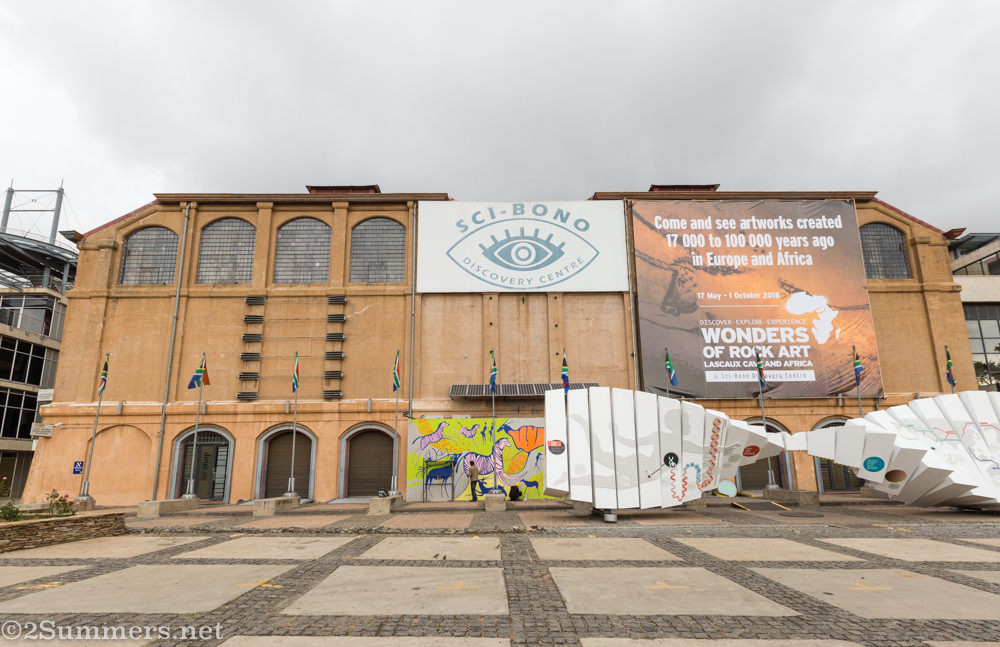
The Wonders of Rock Art
The Wonders of Rock Art is a collaboration between Sci-Bono, Wits University, the French Embassy in South Africa, and the French Institute of South Africa. There is a lot going on in this exhibition and I can’t begin to explain it all. But in short, there is a life-sized reproduction of France’s Lascaux Cave, which has been nicknamed “the Sistine Chapel of Prehistory”. The Lascaux Cave was discovered in 1940 (by a bunch of teenagers chasing a dog) and is filled with one of the world’s most stunning displays of prehistoric rock art.
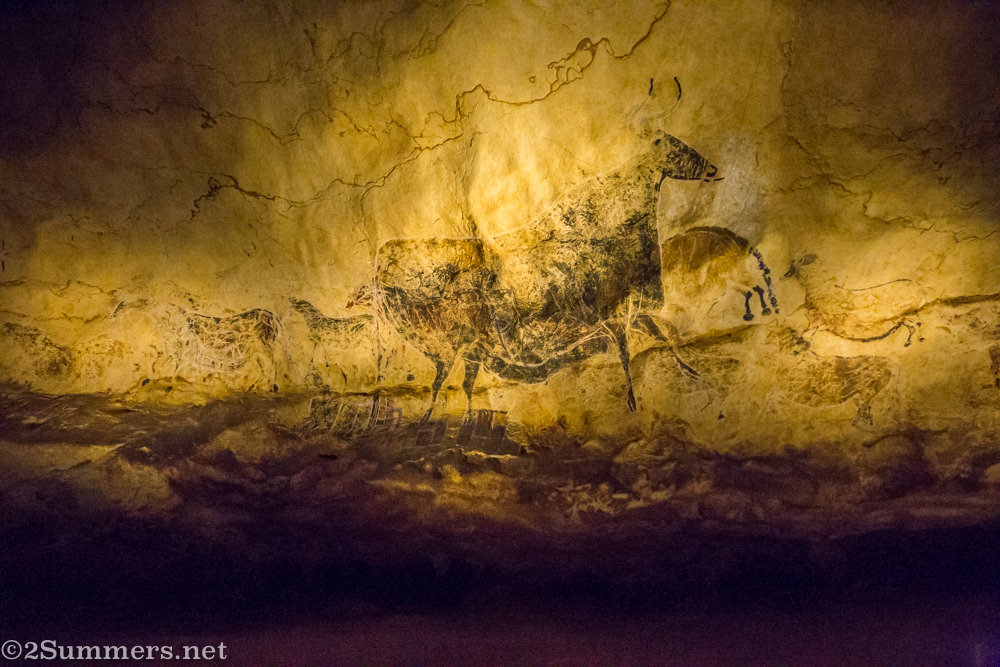
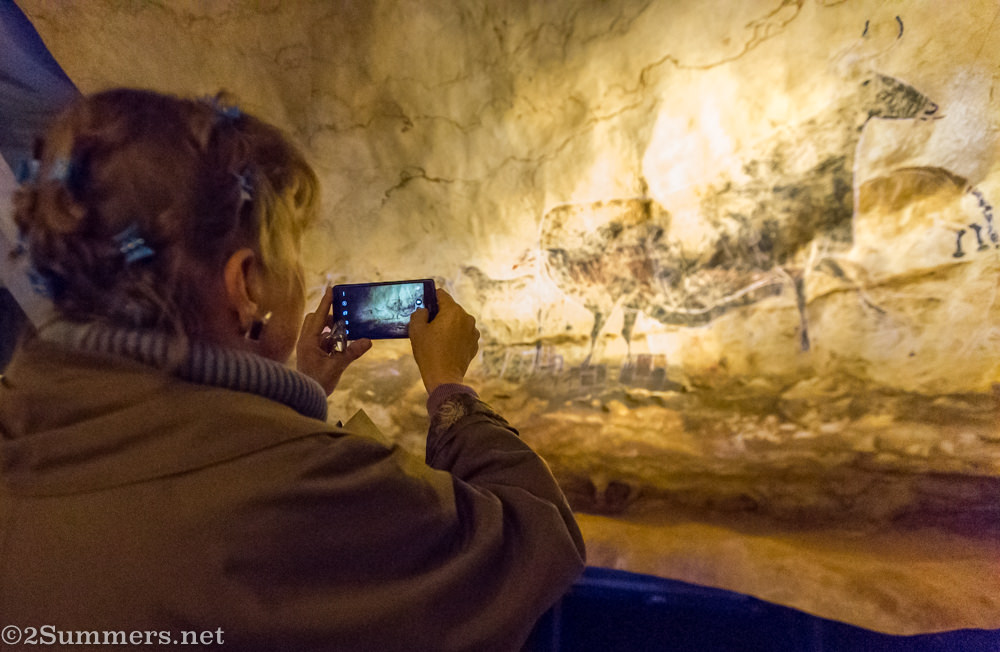
The exhibition also includes a fascinating section on Southern African prehistoric art – the oldest known human-made art in the world.
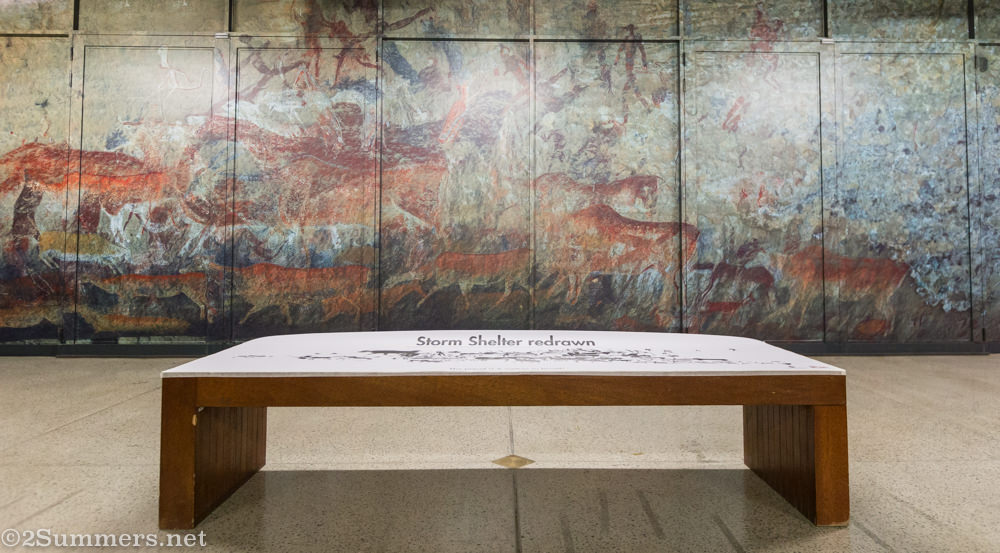
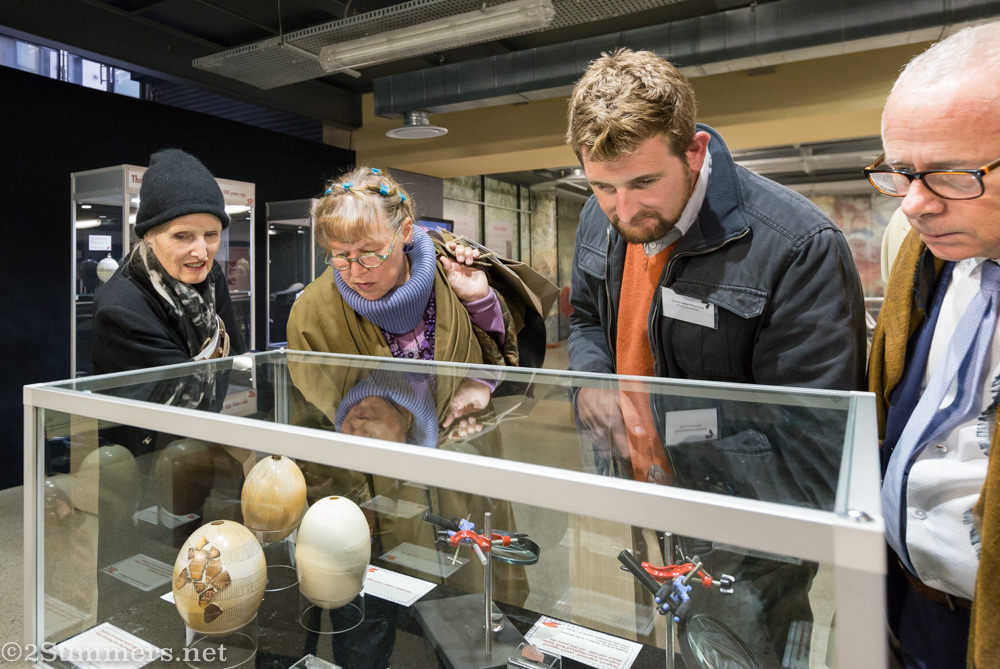
The Lascaux exhibition has already toured the world, with openings in Europe, the United States, and Asia. But the Sci-Bono version of the exhibition is the first to incorporate Southern African prehistoric art. It’s fascinating to see all the similarities and differences between the European and African art.
Highlights of the Wonders of Rock Art Exhibition
I love the reproduction of the Lascaux Cave, which you can actually walk into and look at the paintings under two different lighting conditions. But my favorite part of the Lascaux section is the smaller-scale, 3D version of the cave, which you can peer into and get a real idea of the size of the space compared to the artists who painted there. It’s remarkable that ancient humans crawled into this underground cave, which has no natural light, and painted these masterpieces. No one knows why they did it.
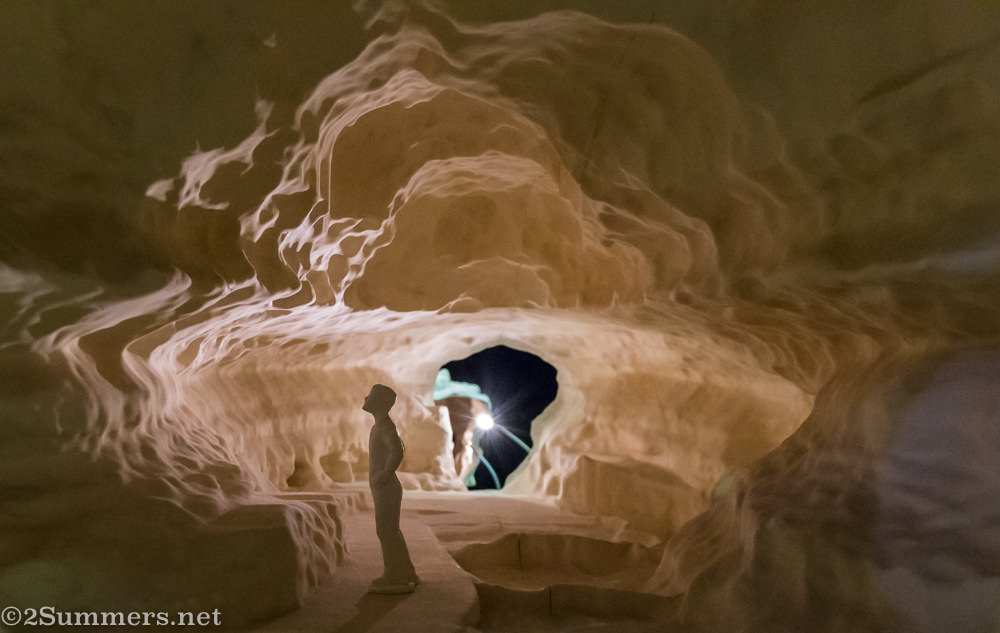
I loved all the interactive activities in the Southern African section, which is named “The Dawn of Art”. The rock-art painting was particularly fun, as was the big board where everyone can leave their fingerprint.
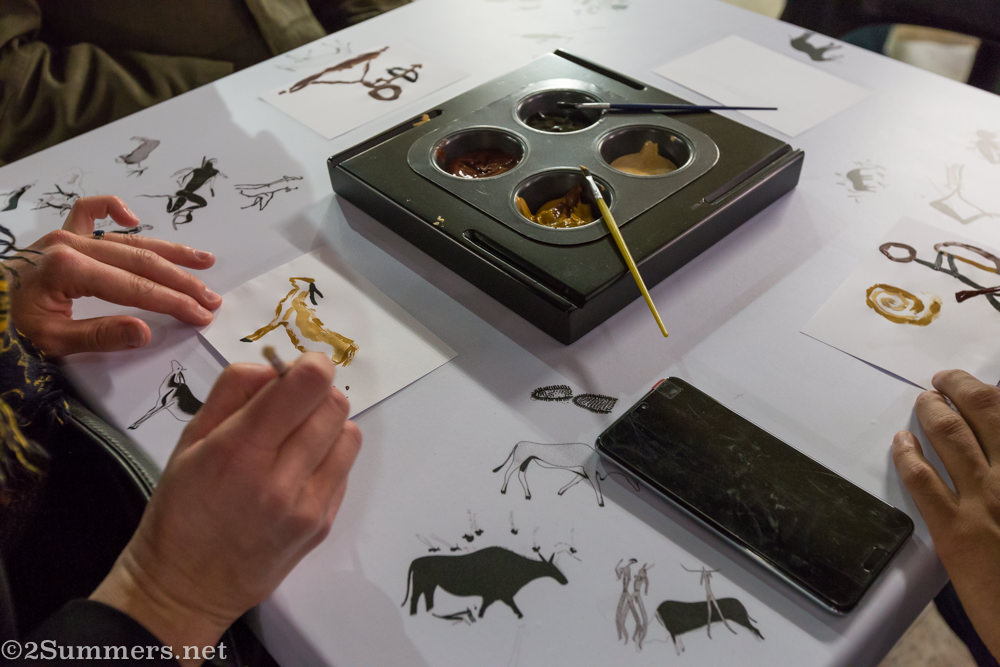
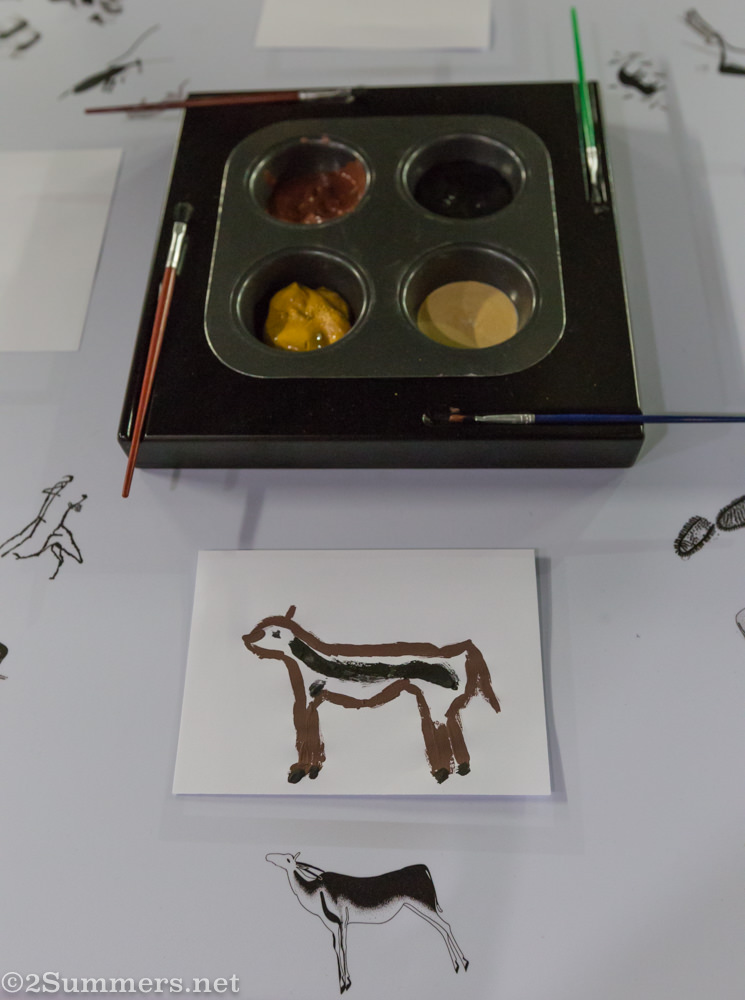
My own attempt.
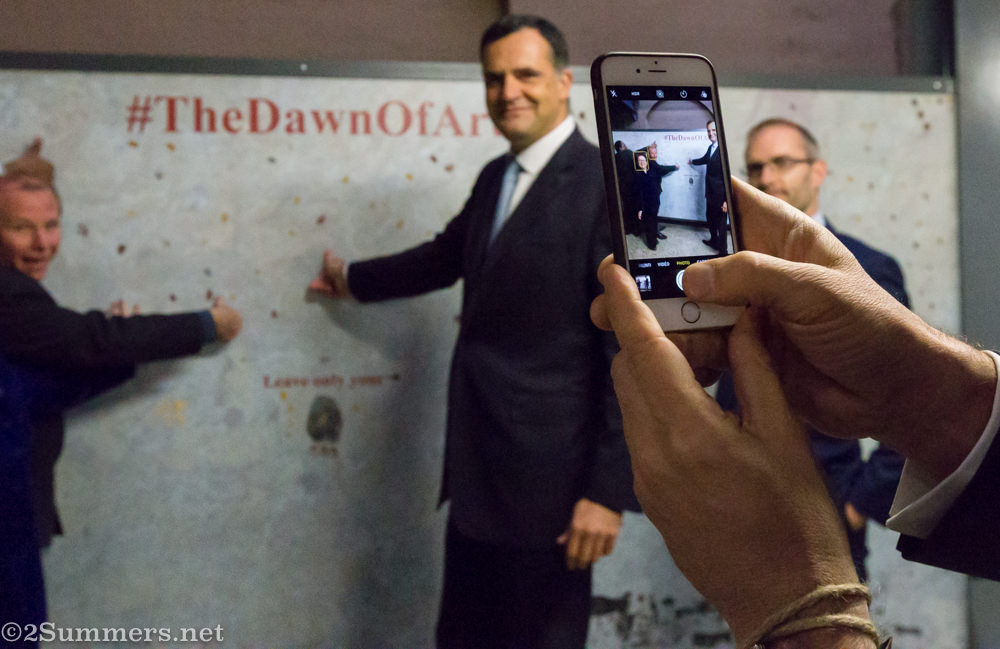
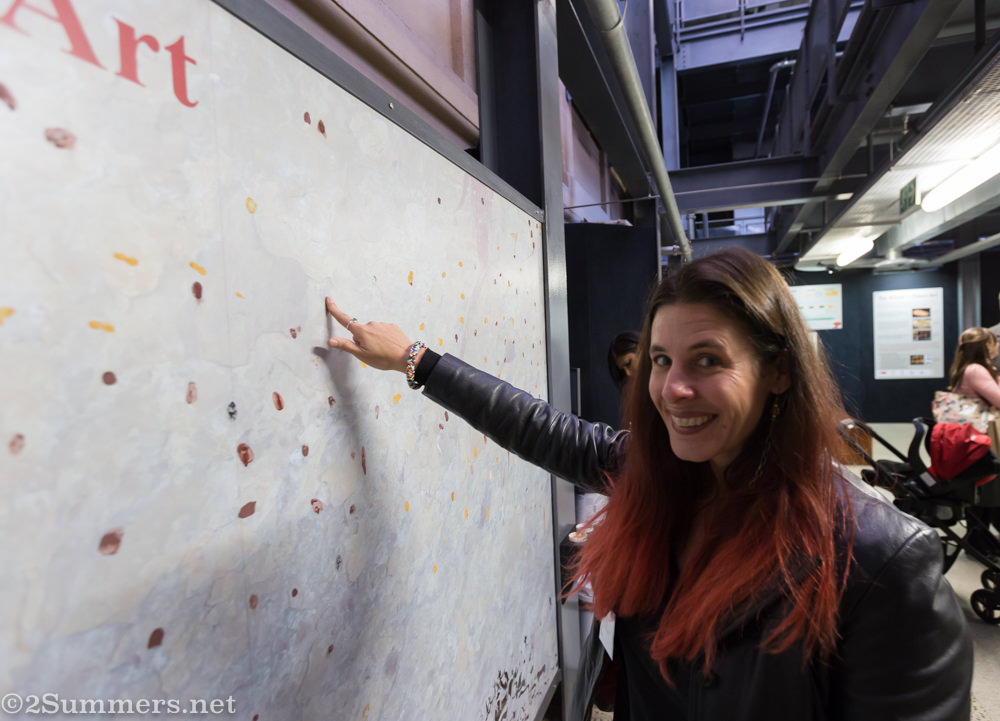
And finally, my favorite: The mural outside. Sci-Bono commissioned artist Celeste Theron to paint a rock-art-inspired mural on the wall of the museum. The mural was in progress for few weeks before the exhibition and I came a couple of times to watch Celeste paint. She was live-painting on the day of the launch.
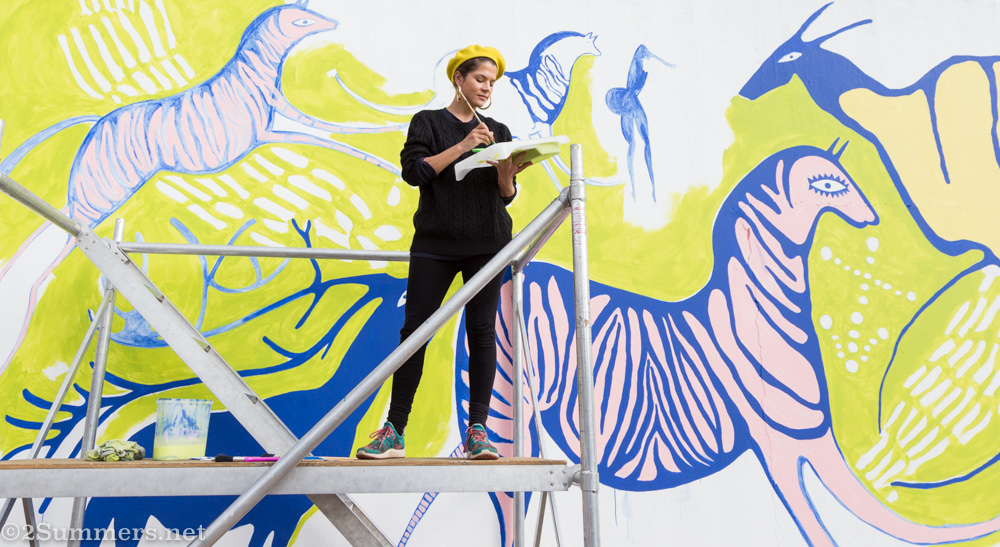
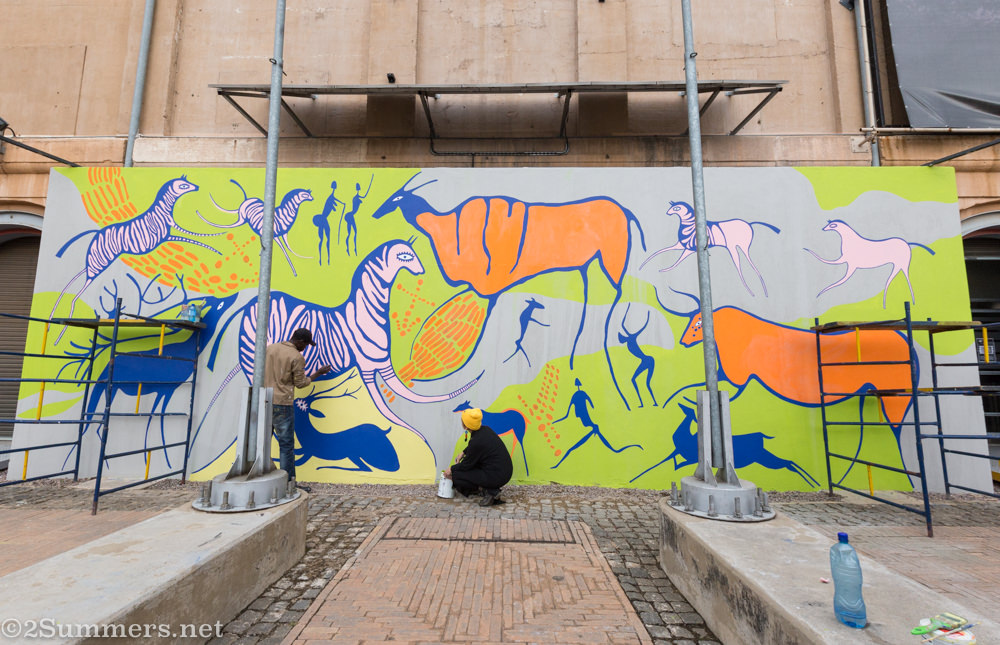
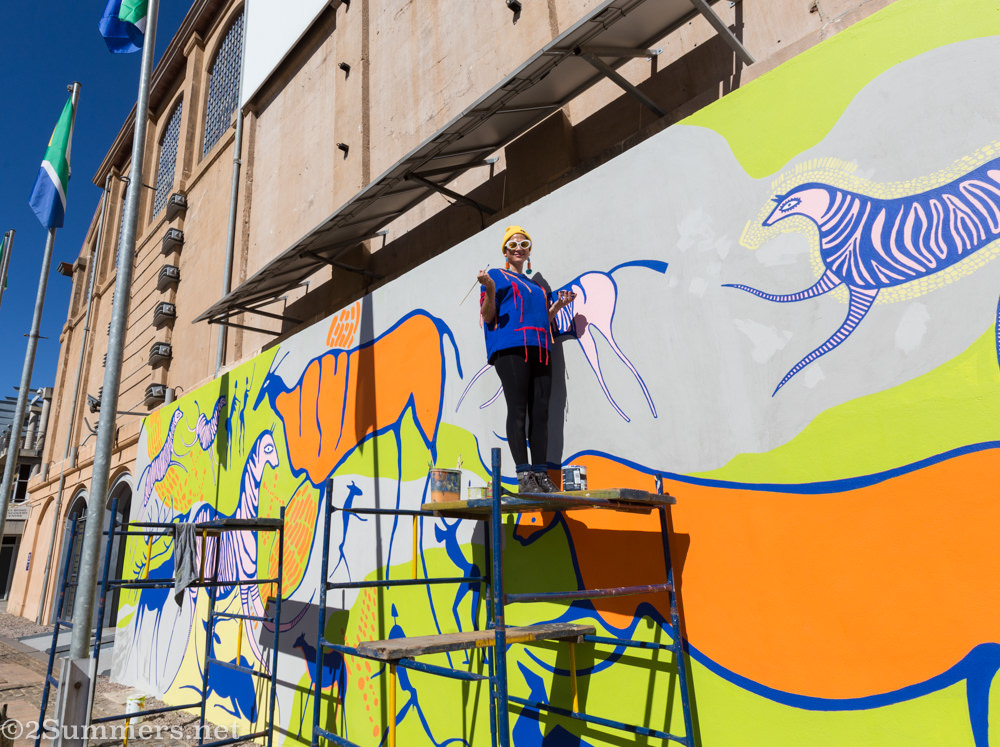
The Wonders of Rock Art exhibition runs from now until 1 October 2018. Tickets cost R130 for adults and R70 for children.
I wrote this post in partnership with Sci-Bono and the sponsors of the Wonders of Rock Art exhibition. Opinions expressed are mine.

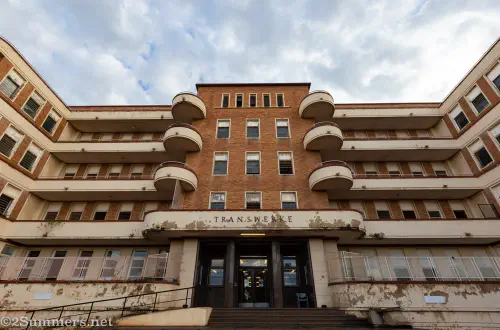
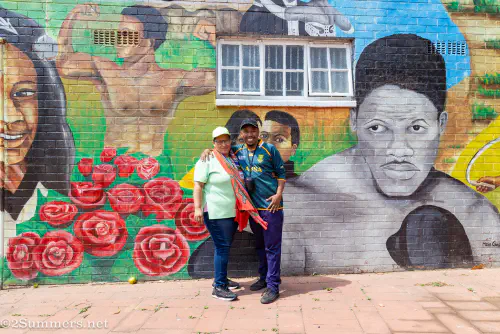
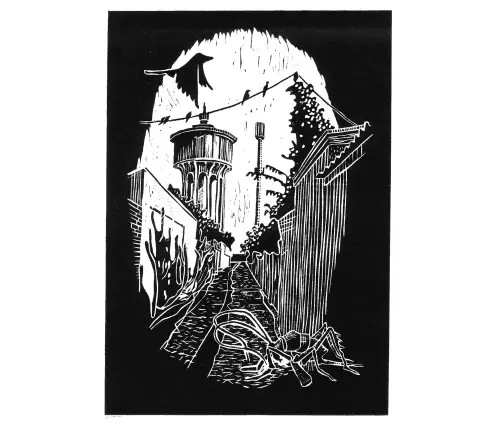
Comments
We went to southern France last year to see all the caves. They were amazing. And now that you’ve posted this, I need to go to S. Africa and see these caves. I had no idea that there were two of them. Thanks for sharing!
Heather, have you ever been to the Makgabeng near Bochum in the Limpopo? If you are interested in rock art there is the Makgabeng Farm Lodge run by Fortune and Lorraine and they can organize a private visit for you with a great rock art specialist named Jonas Tlouamma. Completely off the beaten track. You can tell Fortune and Lorraine that Catherine in Geneva is sending you on. Thanks for your article.
Wow, how cool! I love that it’s so interactive, too. Great for kids.
Yes! That’s what I like about it too.
Would love to go to the exhibition. 2 people.
I love this museum and would love to go with the girls… I would love 3 tickets ;)
How.about inviting the real Rock Art painters of South Africa…Khoisan people themselves…it would be a marvelous experience to interact with them personally .